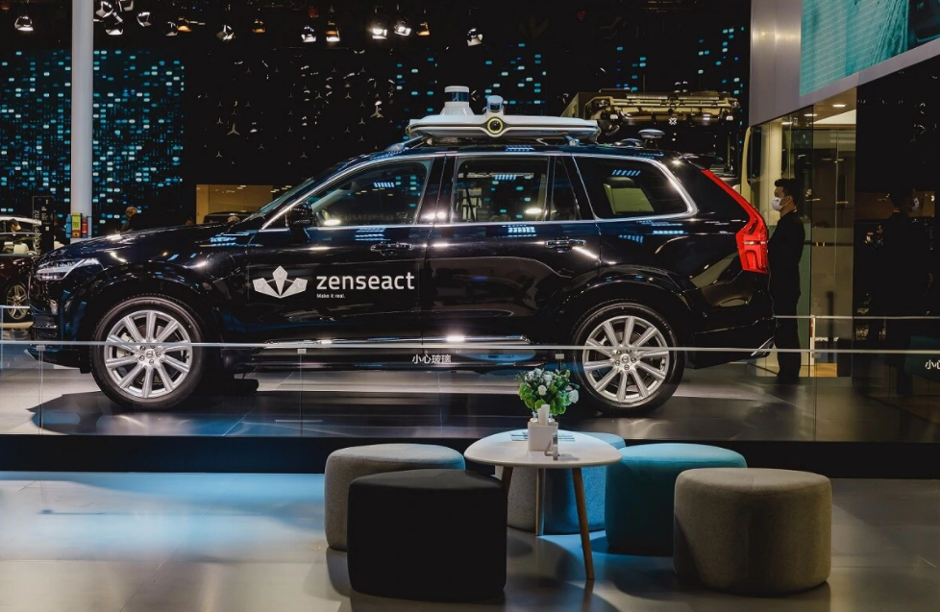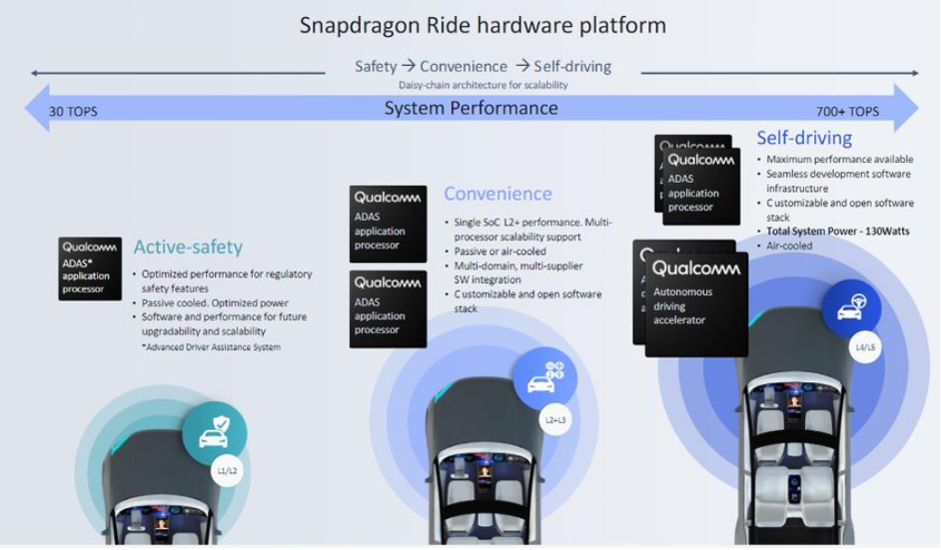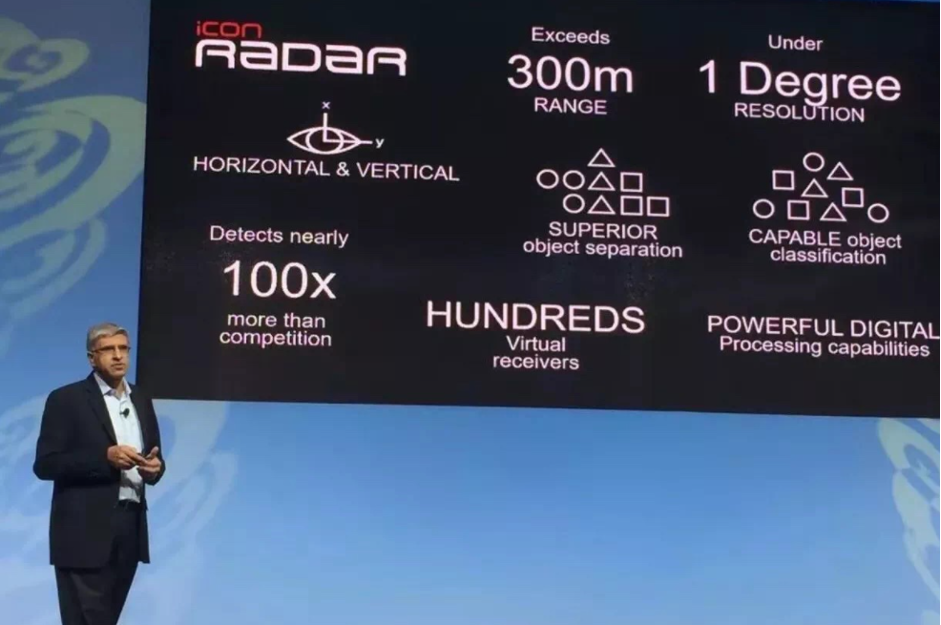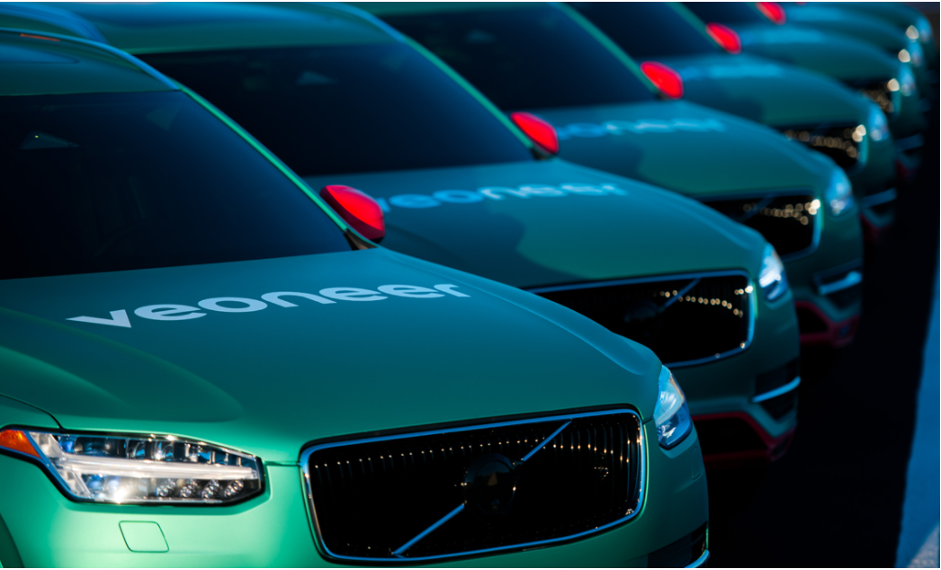Introduction
“In the foreseeable future, within the scope of global autonomous driving, Qualcomm may also become the seat guest of those traditional car companies like Huawei. However, at that time, it will be when Elon Musk calls out to keep the soul in one’s own hands.”
#
Recently, Qualcomm announced the acquisition of the component supplier Veoneer for $4.6 billion, putting an end to the love triangle between Qualcomm, Veoneer, and Magna. Compared with Magna’s bid of $3.8 billion, Qualcomm’s offer was 18% higher. The high premium acquisition by Qualcomm enables it to combine its solutions in the intelligent connected vehicle field with Veoneer’s driving assistance technology, especially by integrating Veoneer’s software technology, enabling Qualcomm to provide advanced autonomous driving software platforms for OEMs and Tier 1 suppliers.
In our impression, Qualcomm is a globally renowned chip design company, and its dispute with Huawei over 5G standards has also been the focus of attention for Chinese people. Magna, on the other hand, is a component supplier with the ability to manufacture whole vehicles, and it has been responsible for manufacturing the Mercedes G-Class. The previously observed Geely Vision 3 and the current BAIC ArcFox are both works of Magna. The bidding of the two giants in their respective fields for Veoneer is ultimately aimed at expanding their layout in the field of autonomous driving and boarding the expressway of global intelligent connected vehicle development.
Veoneer is not starting from scratch.
Veoneer’s predecessor comes from Autoliv, Sweden’s largest automotive component supplier. In 2018, Autoliv decided to split itself, injecting its electronic business, including radar, vision systems, and driving assistance software, into a new company, Veoneer, and sought a separate listing for the company. Traditional passive safety systems, such as airbags and seat belts, were retained under the Autoliv banner. The biggest advantage of doing this is that Veoneer can gain greater development in the rapidly growing field of autonomous driving worldwide and capture the latest business opportunities in a timely manner.
 From the current results, Veoneer was able to receive bidding from both Qualcomm and Magna, and eventually sold to Qualcomm for a price significantly higher than its $2.3 billion market value. For Veoneer’s investors, this is undoubtedly the best outcome. Veoneer started from electronic business and naturally accumulated certain advantages through early start in driving assistance, especially in software-hardware integration. Although Veoneer and Volvo’s joint venture autonomous driving technology company Zenuity split during this period, with Volvo establishing Zenseact to focus on L4 level autonomous driving, Veoneer focused more on driving assistance technology that was easier to monetize, so its self-renewal ability is relatively strong.
From the current results, Veoneer was able to receive bidding from both Qualcomm and Magna, and eventually sold to Qualcomm for a price significantly higher than its $2.3 billion market value. For Veoneer’s investors, this is undoubtedly the best outcome. Veoneer started from electronic business and naturally accumulated certain advantages through early start in driving assistance, especially in software-hardware integration. Although Veoneer and Volvo’s joint venture autonomous driving technology company Zenuity split during this period, with Volvo establishing Zenseact to focus on L4 level autonomous driving, Veoneer focused more on driving assistance technology that was easier to monetize, so its self-renewal ability is relatively strong.
Qualcomm becomes an important player in the autonomous driving field
In the field of intelligent connected vehicles, Qualcomm has launched a variety of chip products in the market, including intelligent cockpit, autonomous driving, communication, and other categories, including the 820A car chip, the third-generation Snapdragon digital cockpit platform and other products, which can be regarded as Qualcomm’s determination to strengthen its layout in the field of intelligent connected vehicles. It was previously rumored that Qualcomm hoped to acquire another automotive chip company, NXP, to strengthen its layout in the automotive industry. Although the transaction ultimately did not go through, Qualcomm has never given up its determination to deep plow the automotive market. However, limited by Qualcomm’s product line and main business, it has always been unable to get rid of the chip field and become a supplier of autonomous driving technology system level for OEMs.
For autonomous driving technology, the biggest challenge in the field of hardware for autonomous driving systems comes from the main control chip, with the continuous decline in the cost of solid-state LiDAR and the improvement of reliability and functionality.

In terms of chips, Qualcomm is already a global leader with undeniable capabilities, but its biggest shortcoming is software engineering. This is also the most direct reason for Qualcomm’s high premium acquisition of Veoneer. Qualcomm’s autonomous driving solution, Snapdragon Ride, launched last year. The autonomous driving software Arriver used in this system was jointly developed by Qualcomm and Veoneer, but the intellectual property rights are controlled by Veoneer. In the cooperation of Snapdragon Ride, Qualcomm only acted as Veoneer’s supplier. Ultimately, Veoneer integrated Qualcomm’s relevant products and technologies into its own system and sold its autonomous driving domain controller products to OEMs.
Magna’s entry into the autonomous driving field is frustratedHowever, Magna actually missed the opportunity to further expand and strengthen its driving assistance/autonomous driving business. In the field of driving assistance, Magna is also an important participant worldwide. Currently, over 100 vehicle models worldwide are equipped with Magna’s driving assistance system. Its mid-range radar ICON, which can simultaneously accommodate 4D imaging and 360-degree sensor detection, and provide automatic emergency braking and automatic cruise control functions, is particularly well-known to consumers. If Magna can absorb Veoneer, it will further expand its territory in the field of driving assistance, expand its market share, and also obtain software engineering capabilities which are equally critical to itself.

However, once missed, it means that Magna needs to seek new partners to strengthen its capabilities in the autonomous driving field. Looking at the current market, companies like Veoneer that can self-generate and have relatively complete capability systems, especially mature products, are few and far between. In the first half of this year, Veoneer’s net sales reached US$816 million, a year-on-year increase of 49.5%, and gross profit reached US$118 million, a year-on-year surge of 110.7%. From a global perspective, Veoneer’s main L2 and L2.5 driving assistance technologies have extremely broad market space and long-term sustained growth prospects. Not to mention that Veoneer also has the development capability of high-level autonomous driving technology. Through iterative research and development, the prospect of obtaining higher valuation and greater profits in the future is even more promising.
Apart from the technical reasons, Qualcomm also has more opportunities to directly contact the main car manufacturers by acquiring Veoneer, rather than just being a second-tier supplier. This will significantly enhance the company’s income, profit, growth prospects, and industry discourse. Especially when considering Qualcomm’s major competitor Huawei in the 5G field, which is also actively laying out for intelligent connected vehicles, and whose high-level autonomous driving technology has already reached the level of mass production. Perhaps in the near future, Qualcomm will be like Huawei, becoming a guest of those traditional automakers in the global autonomous driving scope. But by then, it would be the time when Elon Musk called for the control of the soul in one’s own hands.
This article is a translation by ChatGPT of a Chinese report from 42HOW. If you have any questions about it, please email bd@42how.com.
